The History of Romantic Dovecotes
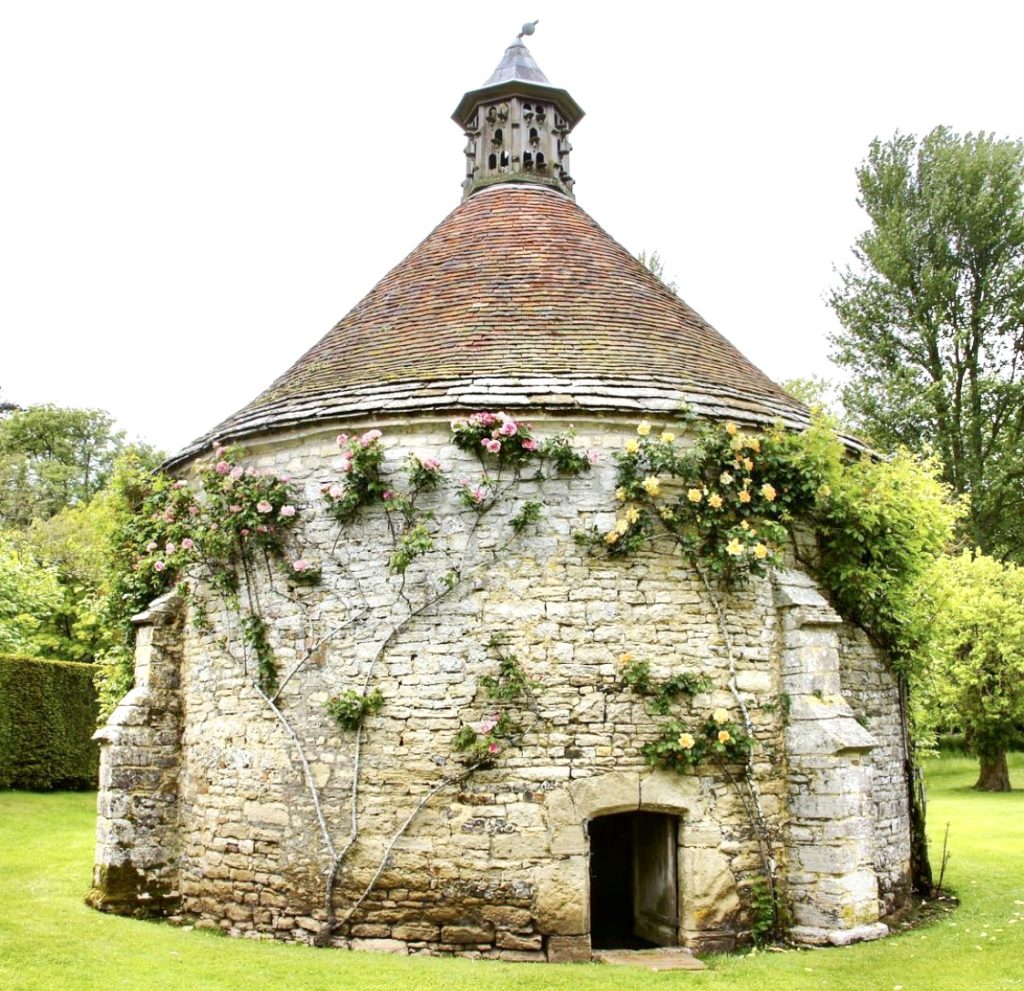
Dovecotes have always seemed very romantic to me. My first exposure to the concept of dovecotes was when I read Louisa May Alcott’s Little Women. In the novel, the eldest of four sisters, Meg March, becomes engaged. Her fiancé, John Brooke, builds a tiny cottage for them to live in once they are married. The March’s dear neighbor Laurie christens it the “Dovecote”, insisting that “it was highly appropriate to the gentle lovers who went on together like a pair of turtledoves”.
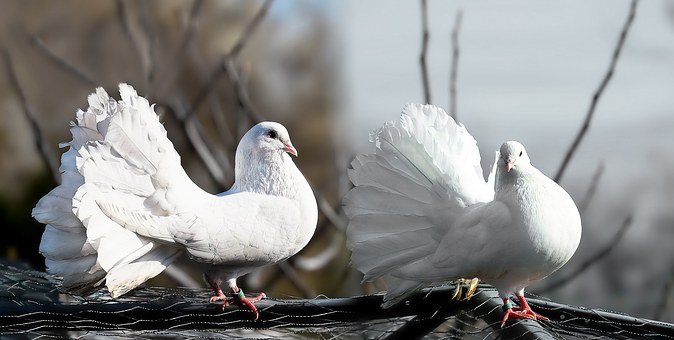
Unfortunately, my romantic notion of dovecotes burst when I did more research. Apparently, most dovecotes were used to house blue rock pigeons, an important food staple. This practice skyrocketed during medieval times. According to Peter and Jean Hansell in their book Dovecotes, “the cost of the birds’ upkeep was negligible because they foraged far and wide…and needed supplementary feeding only when snow was on the ground”. In addition, the Hansells relate that pigeons are highly prolific and “an unfailing supply of squabs could be relied upon” for meals. Pigeons were also kept for their eggs, droppings, and feathers. Pigeon droppings were used for leather tanning and making gunpowder. Their feathers were used for pillows and feather beds. Pigeons also often served medicinal purposes, however, I will refrain from relating the details as it is a bit gruesome.
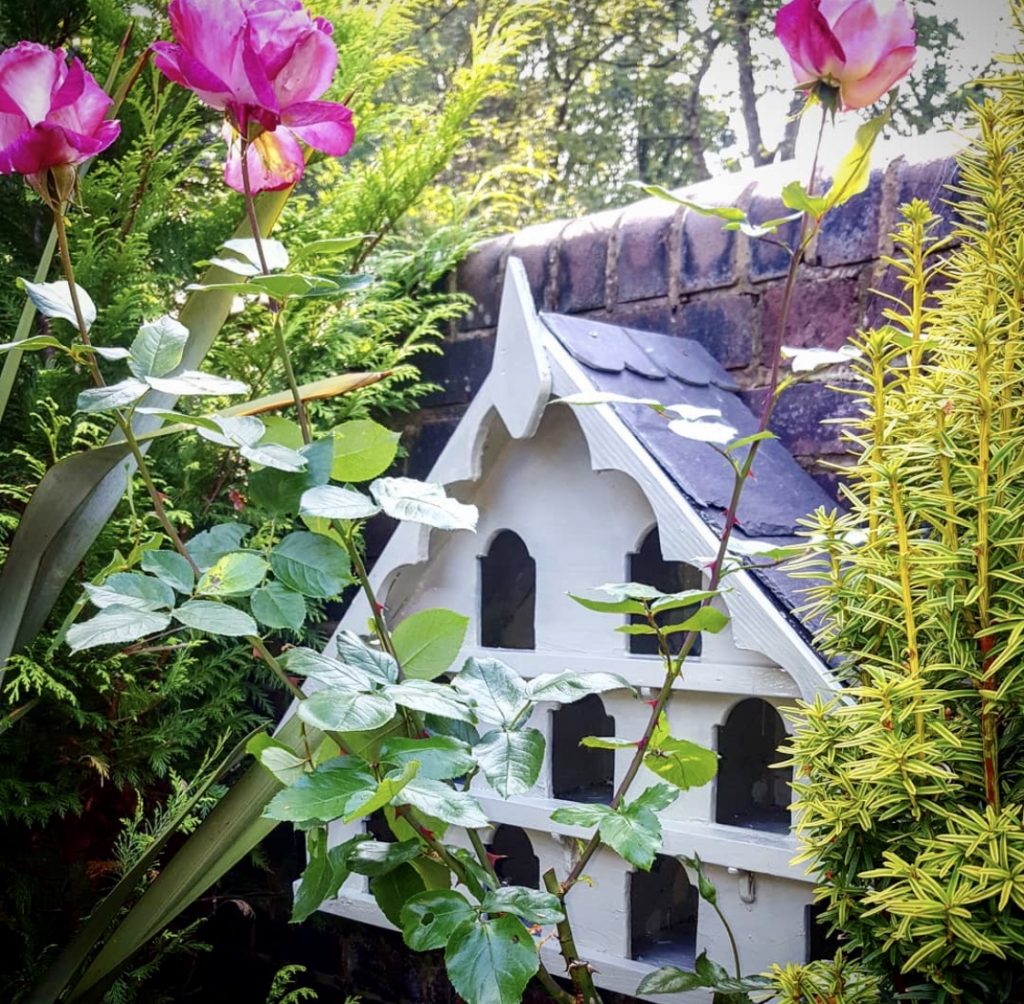
I am happy to report that these once common practices have all but died out today, although certainly not entirely. And just like those biblical heroes of old, the dovecote dwelling blue rock pigeons have left numerous descendants. They begat and begat and begat. Those descendants include both feral pigeons inhabiting cities and parks and the pretty white doves often portrayed carrying olive branches, hence both “dove” and “pigeon” are used interchangeably. Did you know that another word for dovecote is pigeonaire? I prefer dovecote, pigeonaire sounds somewhat like an old appliance to me.

Dovecotes were built in many styles, including circular, square and rectangular, and octagonal. Per the Hansells, early dovecotes were generally made of mud, clay, straw, wattle and daub, limestone, sandstone, flint, chalk, timber framing, weatherboarding, granite, and slate, and later dovecotes were made of brick and stone. While early structures were free-standing and limited to very wealthy people such as lords with manors or castles, or large monasteries, later dovecotes were often much smaller and built into the side of homes and barns.
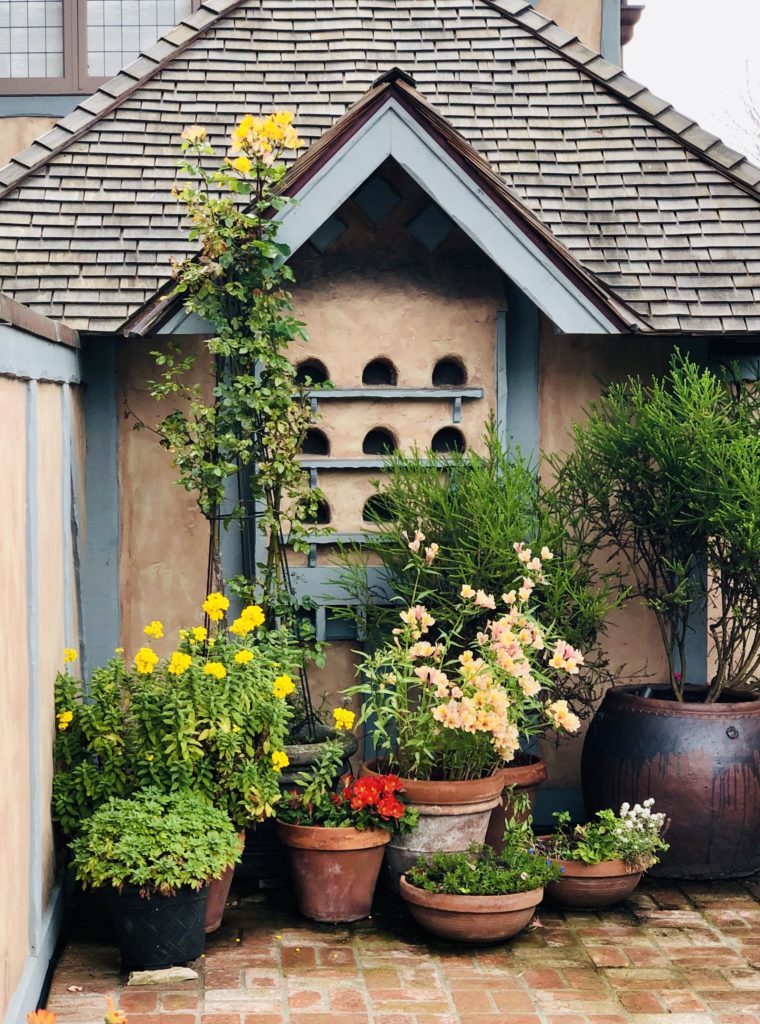
While the history of dovecotes was not necessarily what I had envisioned, I still find these structures enchanting. I also find it endearing that people are still using dovecotes today to provide shelter for our feathered friends.
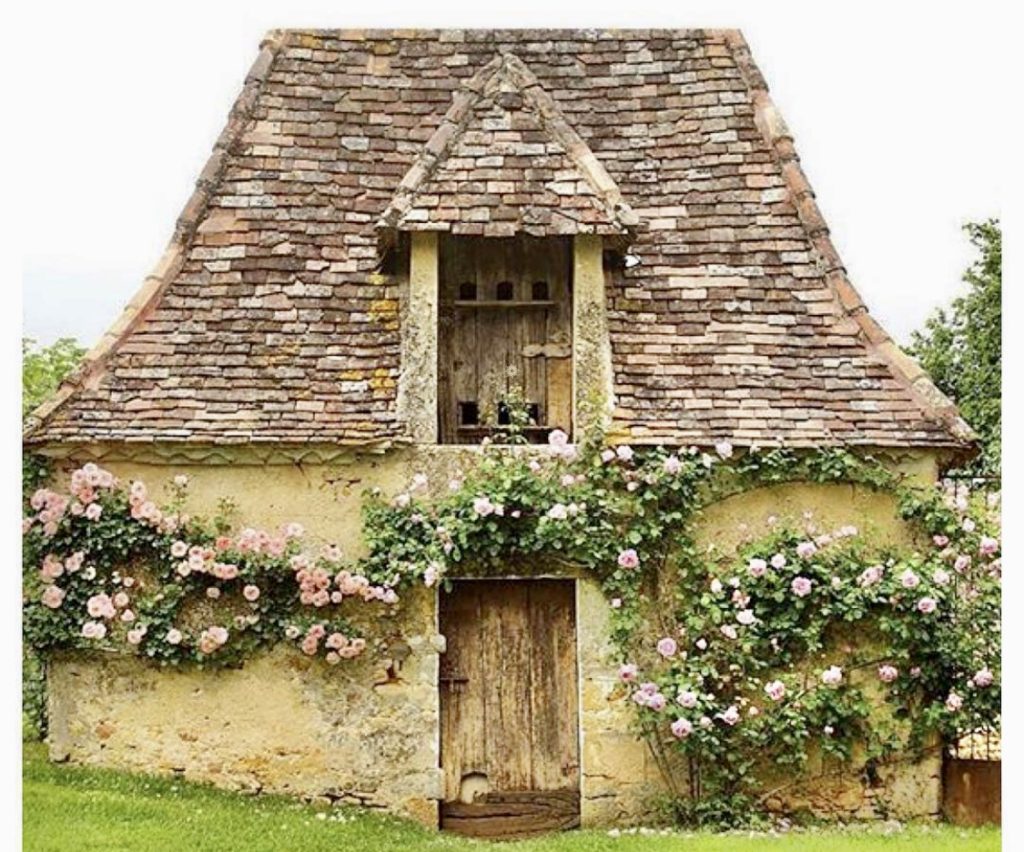
For more information on dovecotes, see the following by Peter and Jean Hansel: Dovecotes, Doves and Dovecotes, and A Dovecote Heritage or visit Pigeon Cote. You may also enjoy my post Add Charm to your Garden with Beautiful Birdhouses!
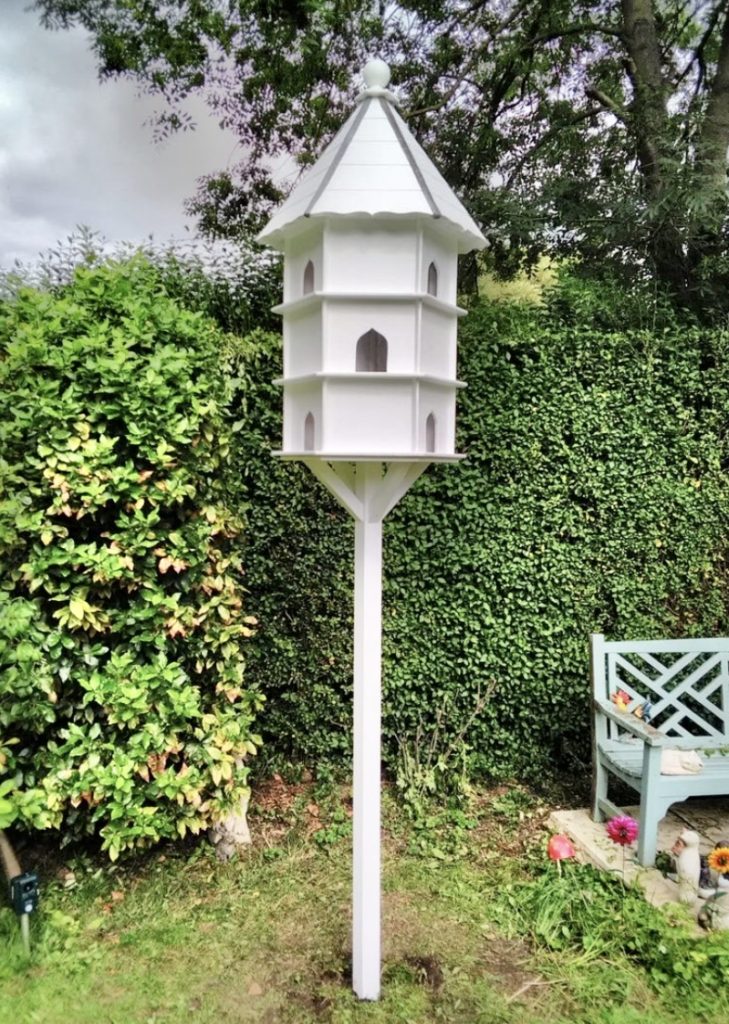
Thank you for visiting my blog! Wishing you peace, love, happiness, and beautiful vistas.